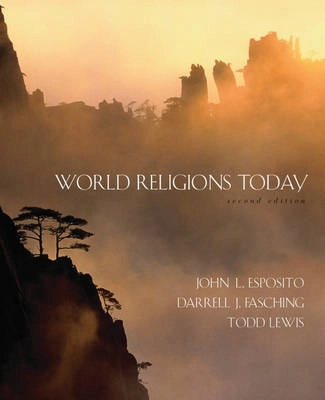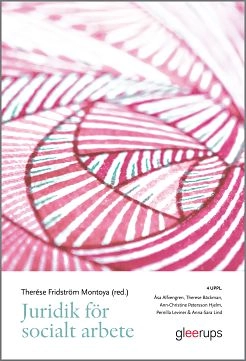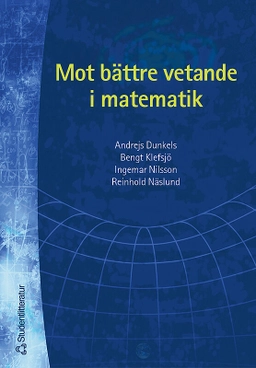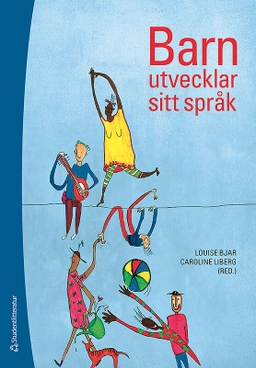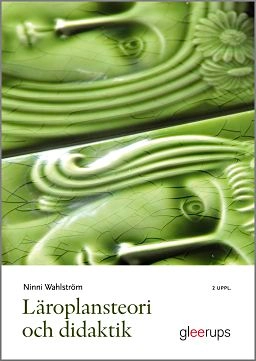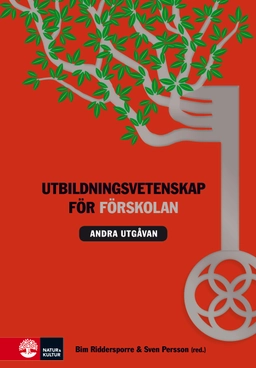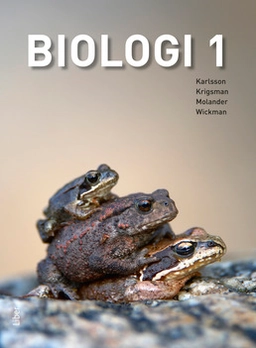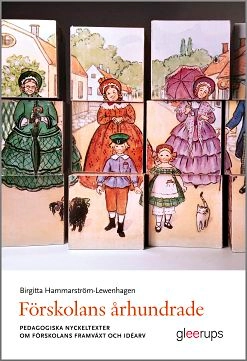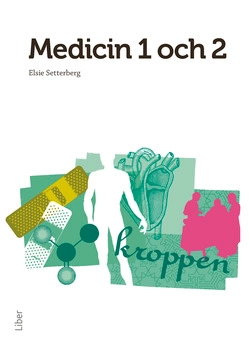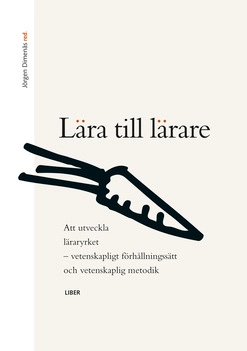The twenty-first century is witnessing a resurgence and globalization of religion. Around the world, religion has become an increasingly more important and pervasive force in personal and public life, and faith and politics now play a powerful role in international affairs. Revealing the significance of religion in contemporary life, the second edition of "World Religions Today" adds new chapters on primal religions and new religions. Featuring revised chapters on the traditions discussed in the first edition - Christianity, Judaism, Islam, Hinduism, Buddhism, and East Asian Religions - it covers historical details more succinctly and adds material on the Iraq War and other recent world events to the chapter on Islam. The book explores each tradition as a dynamic, ongoing force in the lives of individuals and in the collective experience of modern societies. Moving beyond the almost exclusively historical perspective of many books in the field, this text takes a fresh approach, using solid historical coverage of the various religious traditions as a framework to help students understand how faiths have evolved to the present day.It connects today's religions to their classical beliefs and practices but also shows how these religions have responded to and been transformed by the modern world. To help students grasp what might be "new" about the emerging era of religious life in the twenty-first century, the authors open each discussion with a contemporary scenario of religious experience that illustrates the tension between premodern views and modernity.
Åtkomstkoder och digitalt tilläggsmaterial garanteras inte med begagnade böcker
